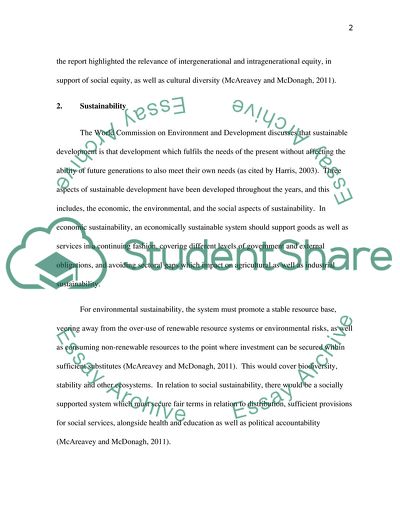Cite this document
(Local Communities Perceptions of Tourism Development in the National Literature review, n.d.)
Local Communities Perceptions of Tourism Development in the National Literature review. https://studentshare.org/tourism/1848838-critical-review-of-literature-local-communities-perceptions-on-tourism-development-in-the-national-park
Local Communities Perceptions of Tourism Development in the National Literature review. https://studentshare.org/tourism/1848838-critical-review-of-literature-local-communities-perceptions-on-tourism-development-in-the-national-park
(Local Communities Perceptions of Tourism Development in the National Literature Review)
Local Communities Perceptions of Tourism Development in the National Literature Review. https://studentshare.org/tourism/1848838-critical-review-of-literature-local-communities-perceptions-on-tourism-development-in-the-national-park.
Local Communities Perceptions of Tourism Development in the National Literature Review. https://studentshare.org/tourism/1848838-critical-review-of-literature-local-communities-perceptions-on-tourism-development-in-the-national-park.
“Local Communities Perceptions of Tourism Development in the National Literature Review”. https://studentshare.org/tourism/1848838-critical-review-of-literature-local-communities-perceptions-on-tourism-development-in-the-national-park.


